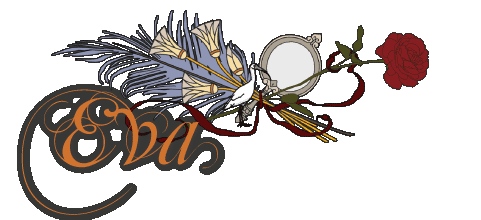This post was originally written for : For What It’s Worth Literary Blog
I am a creative person with many interests and what I like most is to explore the intersections of things. My most recent book projects are a good example of this.
Relations That Suck
Before Relations that Suck I was making artwork and custom wedding dresses. I saw my clothing design business as separate from my art-making. I was providing a service, helping a client figure out her dream dress and making it for her. I also did costume work for theater which involved a little more artistic flexibility. However I wanted a more direct way to incorporate my clothing design with my artwork.
In early 2007 a photographer friend approached me wanting to create some conceptual fashion photographs. During a brainstorm we came up with the idea that I’d write a short story and we’d make photographs to accompany it. At that time I had just stopped writing a book about the style of San Francisco because that was an activity that was taking my fashion design farther away from my art-making. The short story idea seemed to fit better for me.
I wanted to write a story about relationships – relationships with others as well as with oneself. I started with a vampire who had a dramatic inner conflict and then came up with a character for her to befriend. I spent six months writing a version of the story that was finished enough to start story-boarding and dress and prop production.
I wanted to create sets that were art installations and was interested in including other artists. A curator friend referred me to Stephani Martinez, the artist who made the plaster doilies in the book. We both explored similar concepts and had similar aesthetics – it was a perfect fit.
By the end of 2007 I had one model, Stephani’s doilies, most of the dresses, and a half finished sarcophagus ready for a test shoot. We used a real spider and quickly realized that wasn’t going to work. The spider wouldn’t stay in position and the scale difference between the human model and the spider was too great.
After the test shoot I finished up the sarcophagus, made a steel spider, scouted venues for the shoots, and continued assembling the rest of the team. By that time the scope of the project had grown considerably and we were looking for additional photographers. I interviewed a number of photographers and selected two women Angela DeCenzo and Norma Cordova. When I told them of my decision we were all pleasantly surprised to find out that Angela and Norma were friends and excited to work on a project together. (Since then Norma and Angela have gone into business together.) I tried out a few hair and make-up artists before settling on Christal Saville who did both hair and make-up for the majority of the shoots. The models were all people I had worked with before.
Early 2008 we set the shoot schedule. The photo shoots spanned eight months. For every photo that was in the book a few hundred photos were taken. We spent another couple months in post production: selecting photos, re-touching, laying out the book, and final text editing. At the close of 2008 we sent the book off to the printers.
La Femme Fatale
One persistent question I got from readers was “How did Eva become the way that she is?†I wrote a brief history of Eva in the Relations That Suck Study Guide (which came out after the publication of Relations That Suck), but that wasn’t enough. People wanted another book. Writing an epic novel about a vampire didn’t interest me so I sought out a writing partner. Heather Papp, a writer I had known for years, seemed like a great fit. We shared interests in many of the themes Eva’s story deals with.
Heather suggested that we focus on significant episodes in Eva’s life. From there it was a quick leap to the deck of cards idea. Much of my artwork was interactive and required the viewer to participate. One of the main themes of Eva’s story was spiritual exploration and tarot was a tool often used for this. The aesthetics of illuminated manuscripts fit well visually as well as thematically. Once the card format was decided on the next question was “How many cards?†I outlined Eva’s life, major phases, and themes and then came up with a system to organize everything.
In the summer of 2009 Heather and I started actively working together. We fleshed out the rough card outline by adding major themes and activities/events per card and identifying a specific anecdote that would encompass all that. By the fall we had a pretty detailed card plan. Next we started working on our respective sections – Heather focused on the writing and I made the illustrations. As the work progressed it became clear that the La Femme Fatale Companion would play an integral part. It was difficult to fit everything on each card so we left out descriptions of context and saved them for the Companion. The card text, card illustrations, and companion went through many rounds of edits involving a number of editors. We finally finished by the end of 2010.
To see the process for making the card illustrations:
